
cd_nom

| Author : P. Peyrache |
 |
To get the picture, please visit:
pascaldgp@yahoo.fr
Any reuse of one or more photographs on this site is subject to an authorization request from the author.
Link to the Code of Intellectual Property (Legifrance)
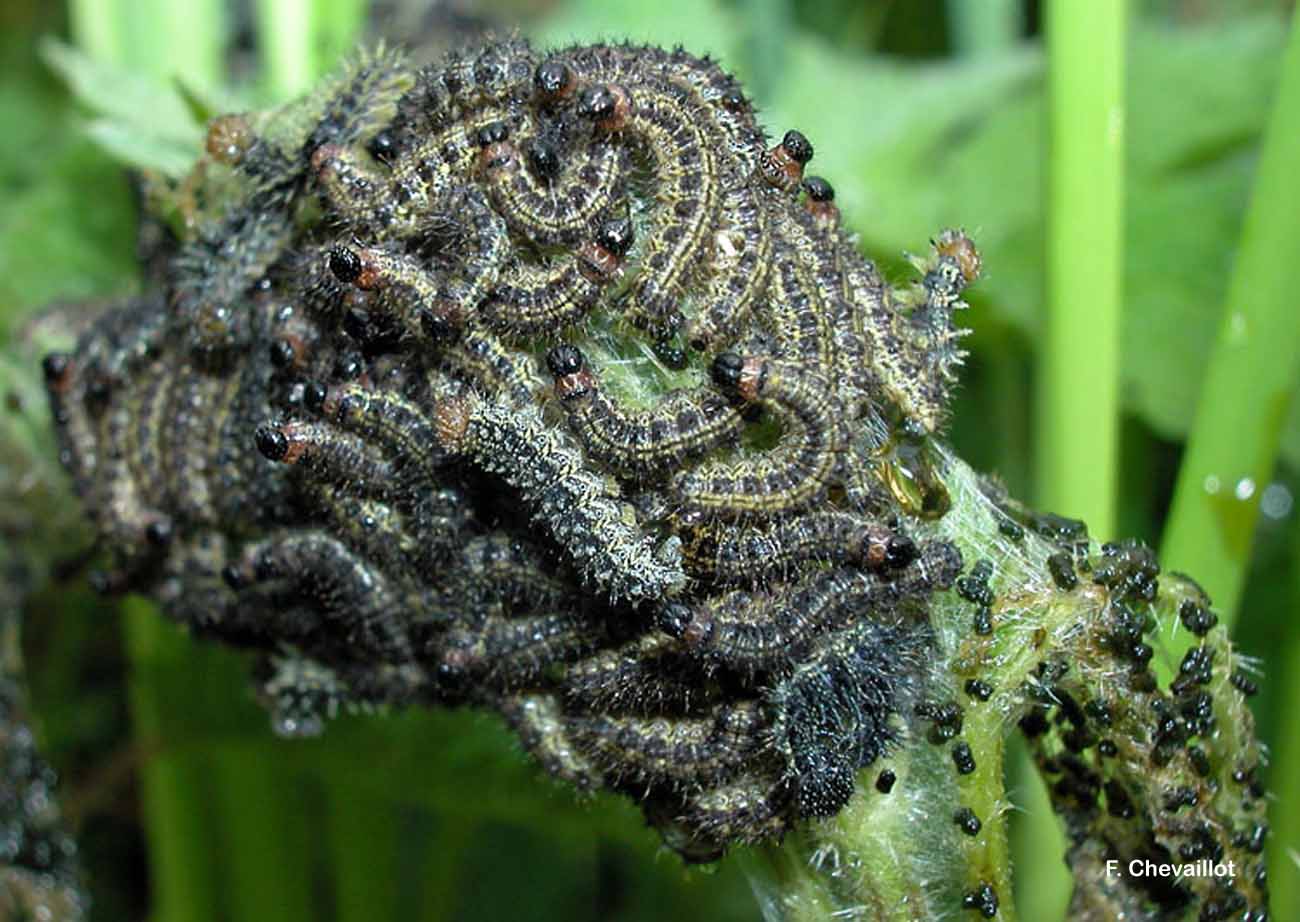
| Author : F. Chevaillot |
 |
To get the picture, please visit:
Fred CHEVAILLOT
Moulin de Castor
La Maynobe
12550 COUPIAC
06 51 19 18 32
09 88 28 31 26
www.insecte.org
email : fred.chevaillot@wanadoo.fr
Any reuse of one or more photographs on this site is subject to an authorization request from the author.
Link to the Code of Intellectual Property (Legifrance)
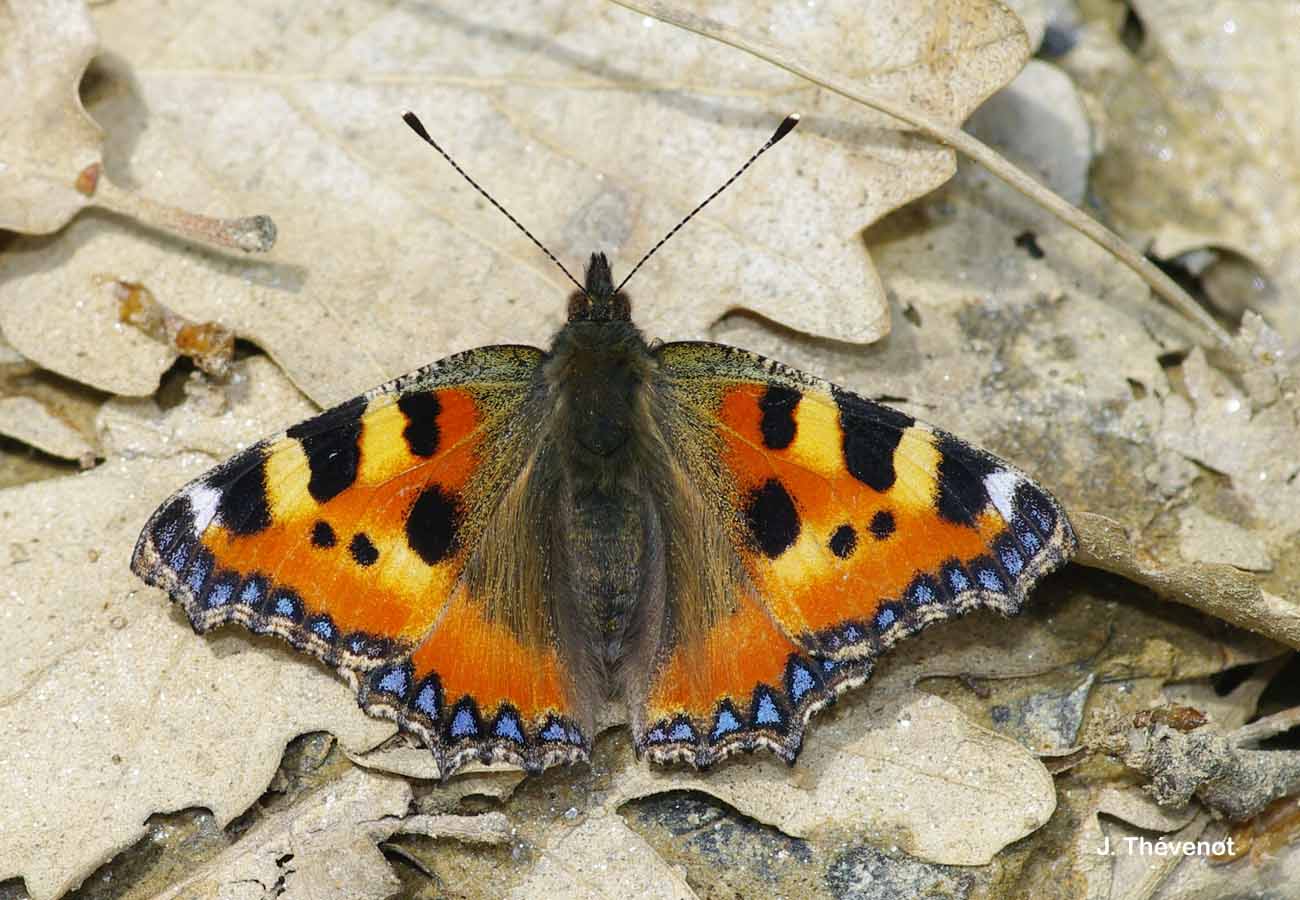
| Author : J. Thévenot |
 |
To get the picture, please visit:
Jessica THEVENOT
Muséum national d'Histoire naturelle - Service du Patrimoine Naturel
36 rue Geoffroy Saint-Hilaire
CP 41
75 231 PARIS CEDEX 05
e-mail : jessicathevenot@gmail.com
Legend: Vers Canigou
Despite the Creative Commons license, please inform the author of the use which will be made of his photo
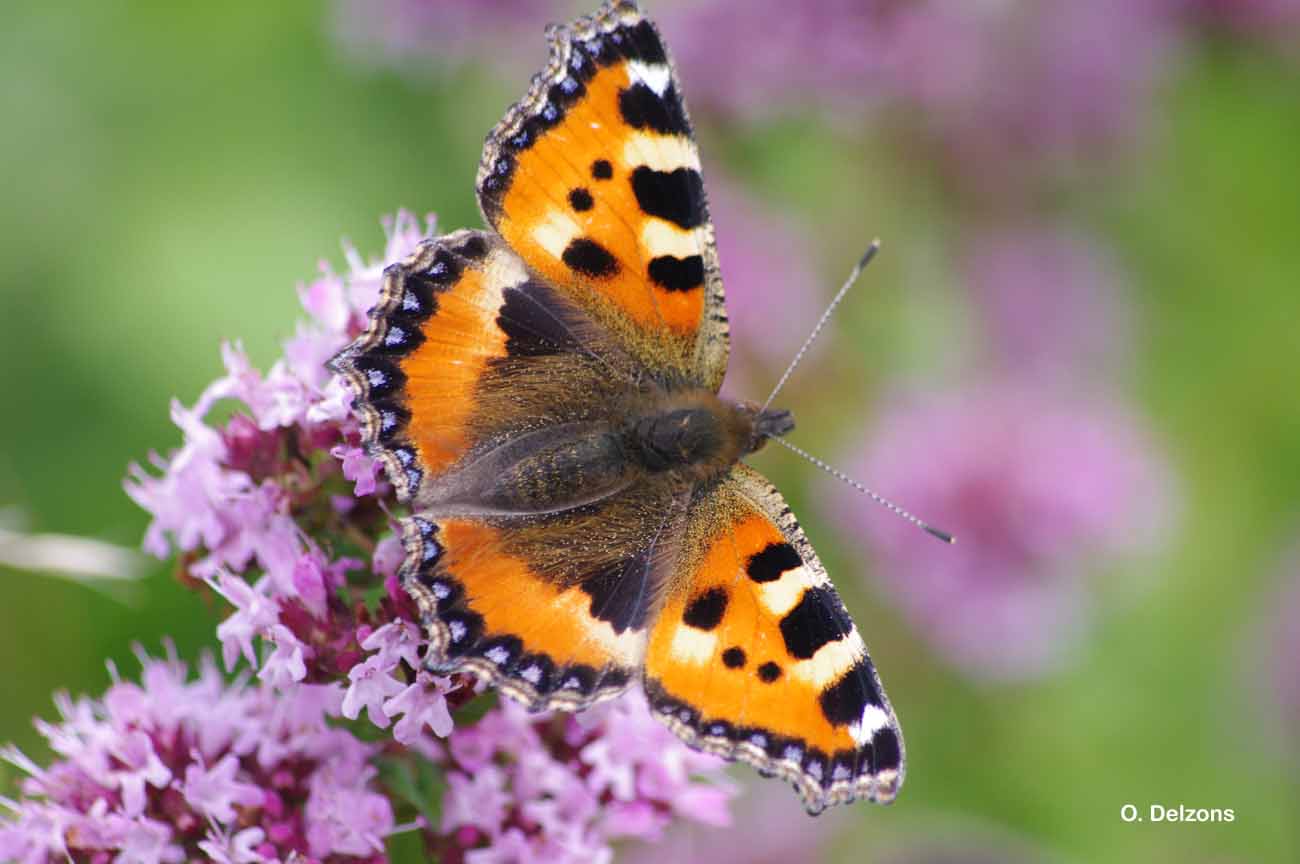
| Author : O. Delzons |
 |
To get the picture, please visit:
Olivier DELZONS
Muséum national d'Histoire naturelle - Service du Patrimoine Naturel
36 rue Geoffroy Saint-Hilaire
CP 41
75 231 PARIS CEDEX 05
e-mail : delzons@mnhn.fr
Despite the Creative Commons license, please inform the author of the use which will be made of his photo
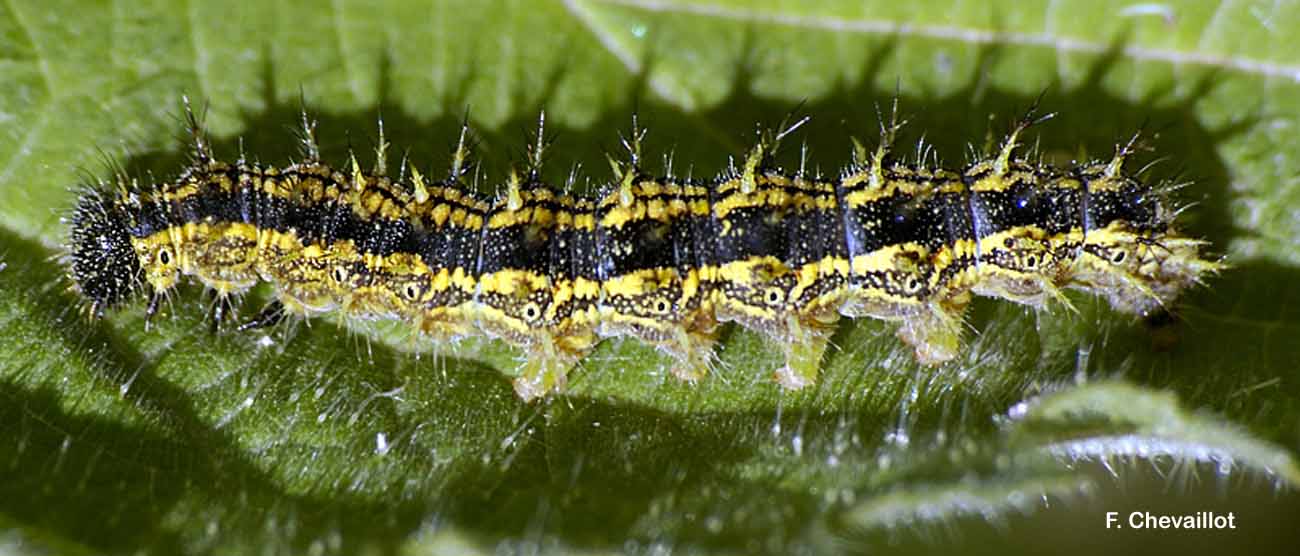
| Author : F. Chevaillot |
 |
To get the picture, please visit:
Fred CHEVAILLOT
Moulin de Castor
La Maynobe
12550 COUPIAC
06 51 19 18 32
09 88 28 31 26
www.insecte.org
email : fred.chevaillot@wanadoo.fr
Any reuse of one or more photographs on this site is subject to an authorization request from the author.
Link to the Code of Intellectual Property (Legifrance)
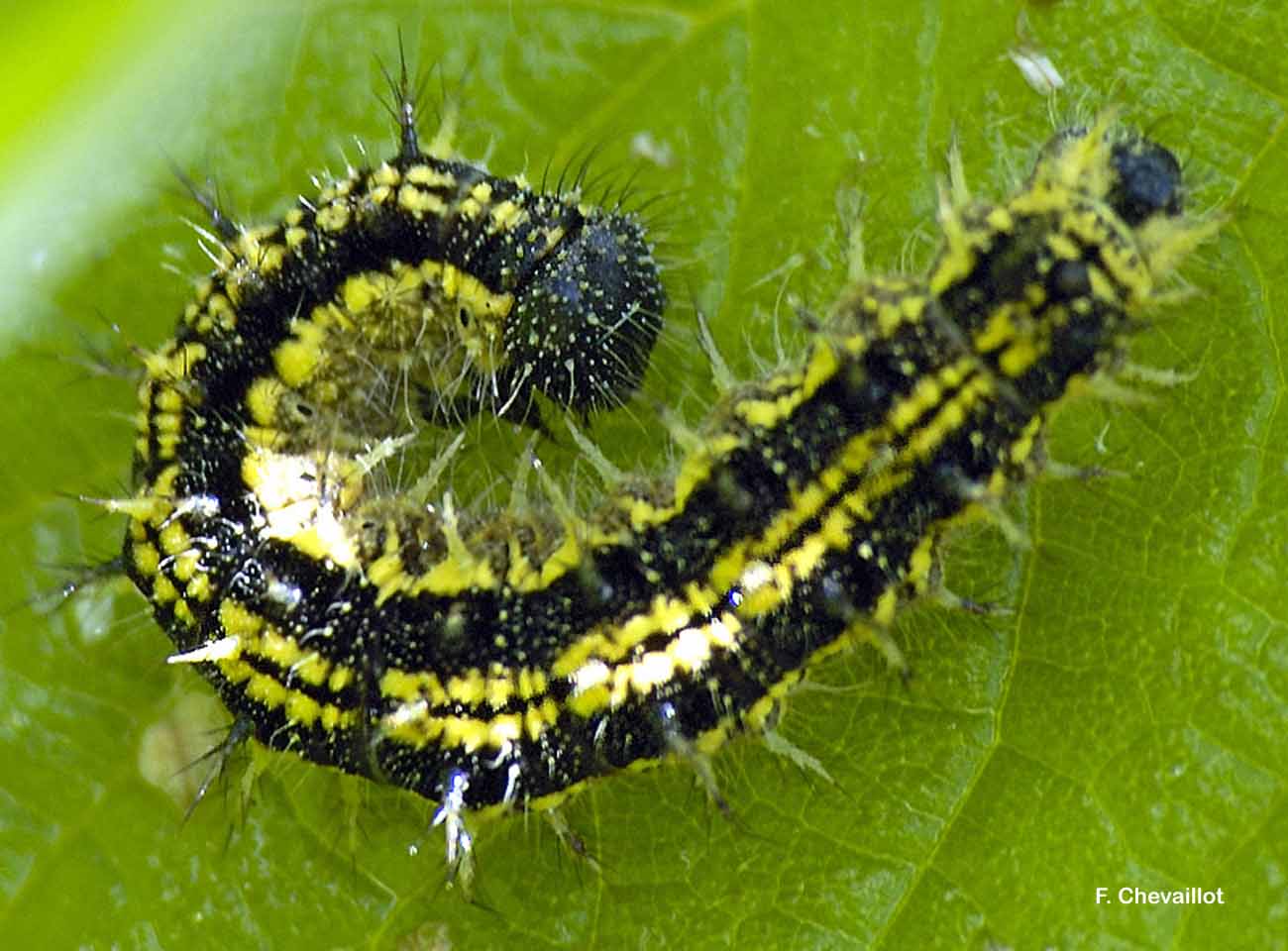
| Author : F. Chevaillot |
 |
To get the picture, please visit:
Fred CHEVAILLOT
Moulin de Castor
La Maynobe
12550 COUPIAC
06 51 19 18 32
09 88 28 31 26
www.insecte.org
email : fred.chevaillot@wanadoo.fr
Any reuse of one or more photographs on this site is subject to an authorization request from the author.
Link to the Code of Intellectual Property (Legifrance)
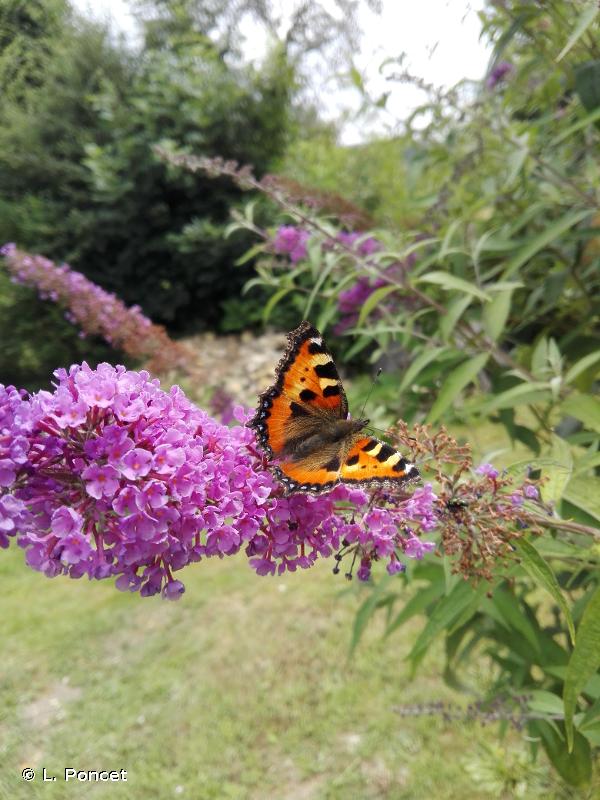
| Author : L. Poncet |
 |
To get the picture, please visit:
Laurent Poncet
Muséum national d'Histoire naturelle - Service du Patrimoine Naturel
e-mail : inpn@mnhn.fr
Despite the Creative Commons license, please inform the author of the use which will be made of his photo
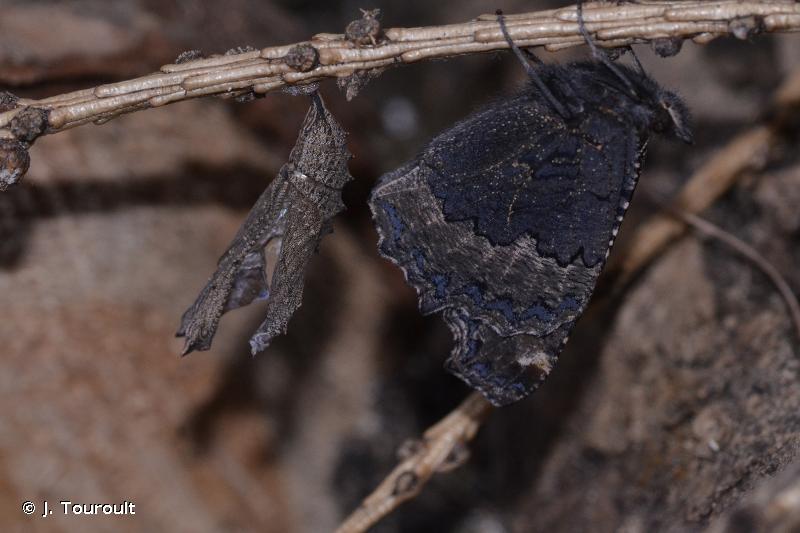
| Author : J. Touroult |
 |
To get the picture, please visit:
Julien Touroult
UMS PatriNat (AFB - CNRS - MNHN)
Muséum national d'Histoire naturelle, CP41, 36 rue Geoffroy Saint-Hilaire, 75005 Paris
Legend: Spécimen fraichement éclos, in natura.
Despite the Creative Commons license, please inform the author of the use which will be made of his photo

| Author : H. Bouyon |
 |
To get the picture, please visit:
Any reuse of one or more photographs on this site is subject to an authorization request from the author.
Link to the Code of Intellectual Property (Legifrance)
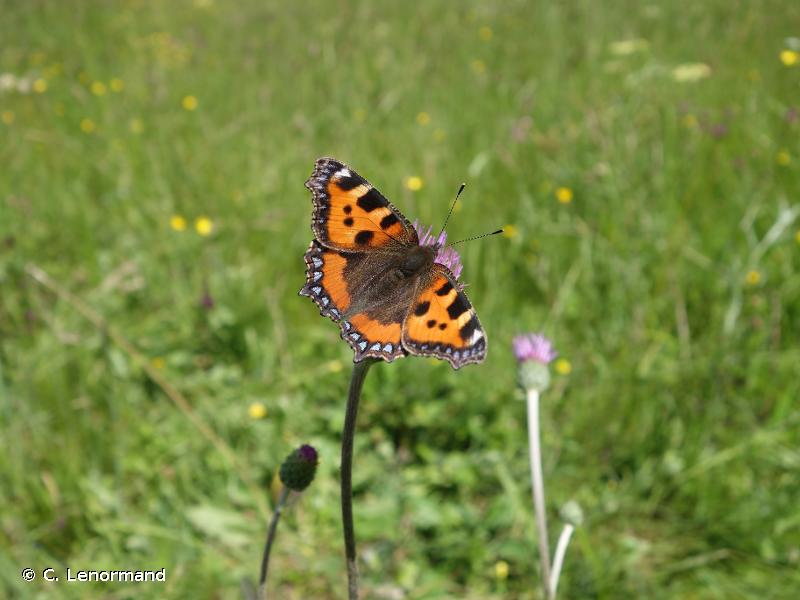
| Author : C. Lenormand |
 |
To get the picture, please visit:
Despite the Creative Commons license, please inform the author of the use which will be made of his photo
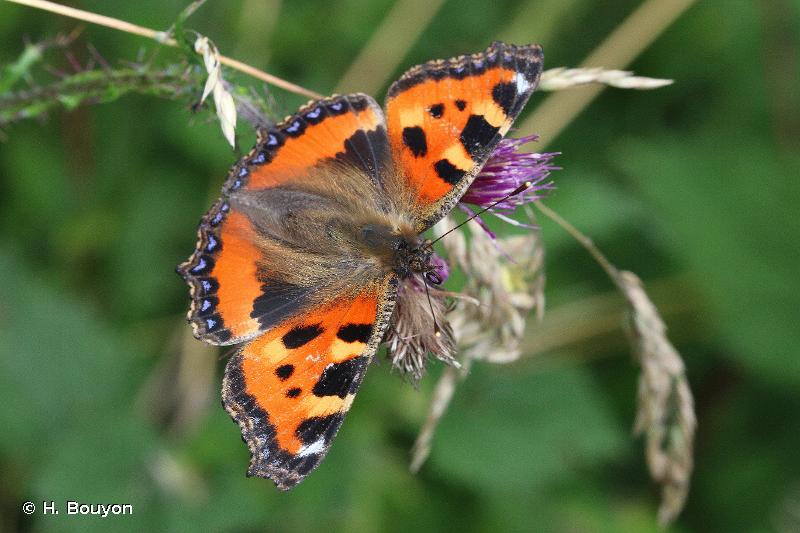
| Author : H. Bouyon |
 |
To get the picture, please visit:
Any reuse of one or more photographs on this site is subject to an authorization request from the author.
Link to the Code of Intellectual Property (Legifrance)
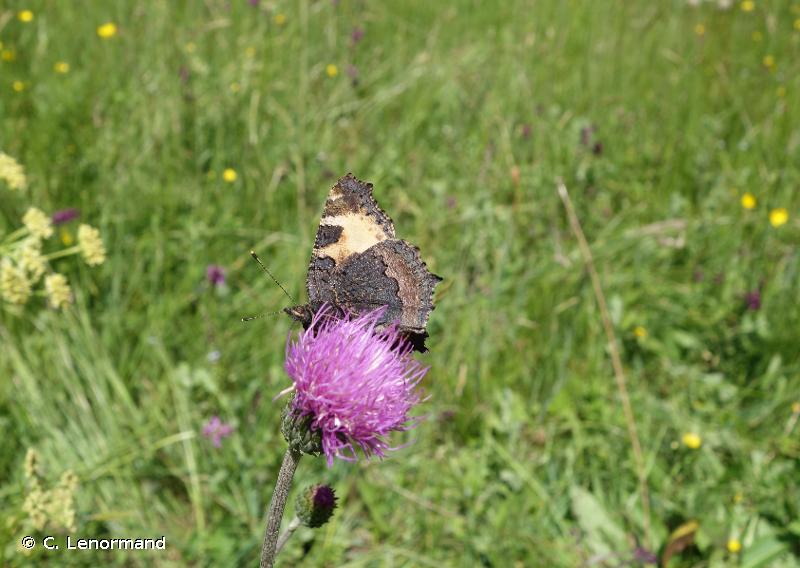
| Author : C. Lenormand |
 |
To get the picture, please visit:
Despite the Creative Commons license, please inform the author of the use which will be made of his photo

| Author : J. LAIGNEL |
 |
To get the picture, please visit:
Julien Laignel
Chargé de mission SNB - SPN/MNHN
4, avenue du Petit Château
91800 BRUNOY
Tel.: 06.10.68.23.36
Mail: julien.laignel@9online.fr
Despite the Creative Commons license, please inform the author of the use which will be made of his photo
Taille :
Adulte : 40 - 50 mm
Diagnose :
Papillon de taille moyenne couleur fauve rougeâtre avec des taches noires et jaunes et des lunules bleues à la marge. Le revers est brun foncé - noir à la base et ocre-jaunâtre vers l'extérieur. La chenille est de couleur noir ponctuée de petits points blancs avec des bandes jaunes sur les côtés et des épines noires ou jaunâtres.
Détermination :
L'adulte est relativement facile à reconnaître.
Espèces proches :
Elle ressemble à la Grande Tortue qui ne possède pas de lunules bleues au bord des ailes antérieures.
Période d'observation :
L'adulte est visible de mai à septembre.
Biologie-éthologie :
La Petite Tortue réalise entre un et trois cycles par an selon le climat et l'altitude. Les chenilles se nourrissent des feuilles et des tiges de l'Ortie dioïque. La femelle pond par groupes de 30 à 200 œufs sur le dessous des feuilles terminales de la plante hôte. Les adultes hivernent dans des anfractuosités des rochers, des arbres et des habitations (greniers, caves, garages).
Biogéographie et écologie :
La Petite Tortue est répandue dans toute l'Europe et en Asie tempérée. Elle est très mobile et présente dans un grand nombre d'habitats jusqu'à plus de 3°000 m d'altitude. Elle a pourtant subi un déclin important en Europe ces dernières décennies.
D'après
Doux Y., Gibeaux C., 2007. Les papillons de jour d'Île-de-France et de l'Oise. Biotope, Mèze. Muséum national d'Histoire naturelle, Paris. 288 p.
Lafranchis, T., Jutzeler, D., Guilloson, J.-Y., Kan, P., Kan, B. 2015. La vie des papillons. Editions Diatheo. Montpellier. 751 pp.
Lafranchis, T. 2016. Papillons de France. Editions Diatheo. Montpellier. 351 pp.
J. Ichter(),2019
Continental
Metropolitan France
Overseas
Marine
Metropolitan France
Overseas
The map presents a summary at the 10 x 10 km grid of the observation data for the species transmitted to the SINP. These data have been subjected to validation filters.
The map presents a reference distribution layer of the species at the scale of departments and marine sectors. The presence and absence data were established by expertise within a network of partners. This reference distribution is used in the validation process of the SINP data at the INPN level.
Corresponds to a report on the basis of at least one observation proved within a period of 10 years (20 years for little-known invertebrates) preceding the year and no presumption of extinction since obtaining the last data nor doubt on reproductive and implemented nature of this population. For migratory species, the presence indicated concerns areas of reproduction.
This status is based on one or more of the following criteria:
This point covers the absence, more difficult by nature to demonstrate than presence. This status is based on one or more of the following criteria:
This status must be assigned to a department in which the presence of the species is casual.
Particular case of absence due to a proven extinction less than a half century ago (older disappearances are treated as "no probable or definite").
In the state of knowledge, we can not comment on the presence or absence in the current department. This is the default status when not comprised in one of the previous categories or whenever there is doubt.
The map shows the global distribution of the species based on GBIF data (Global Biodiversity Information Facility).
